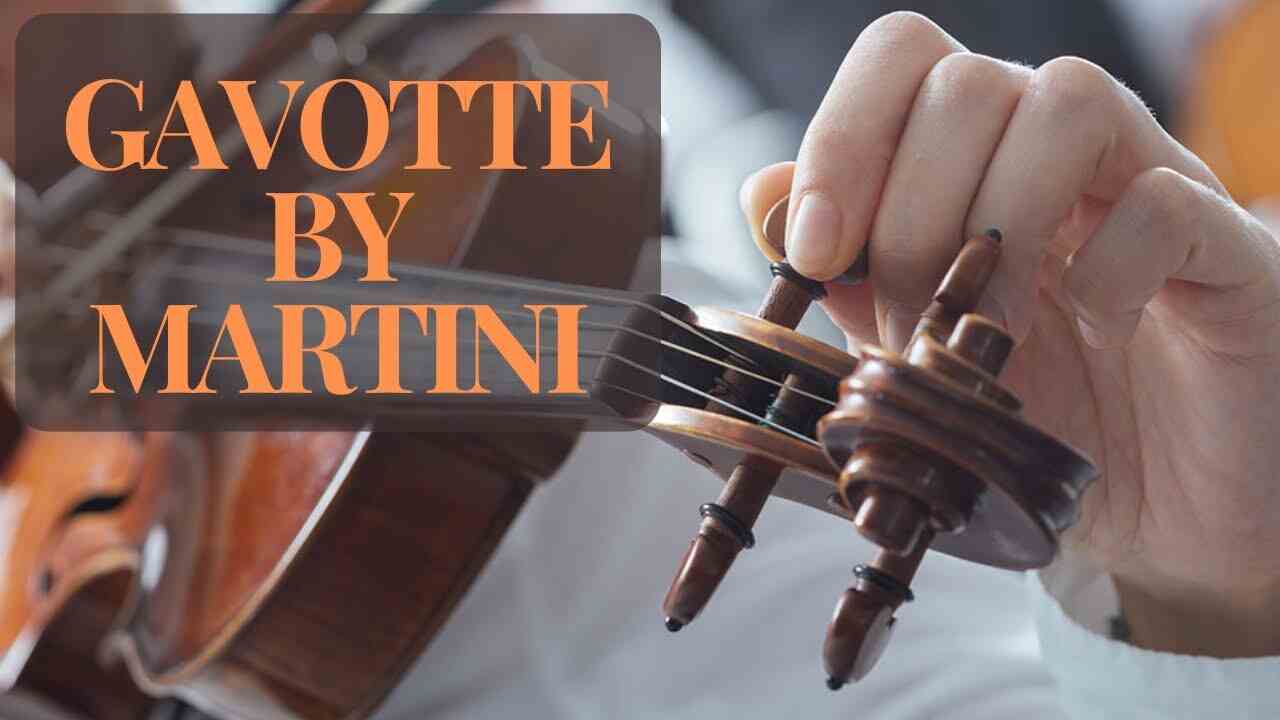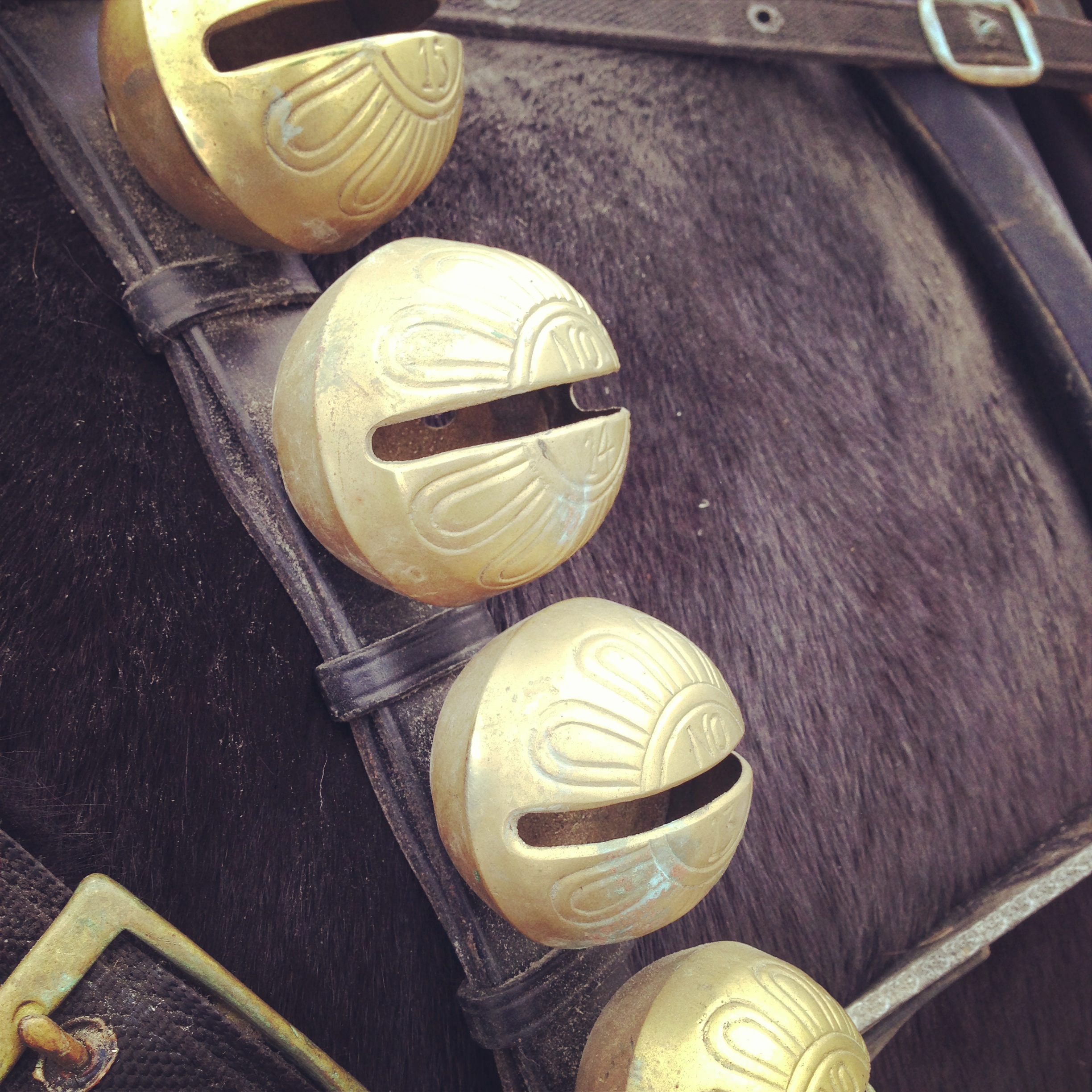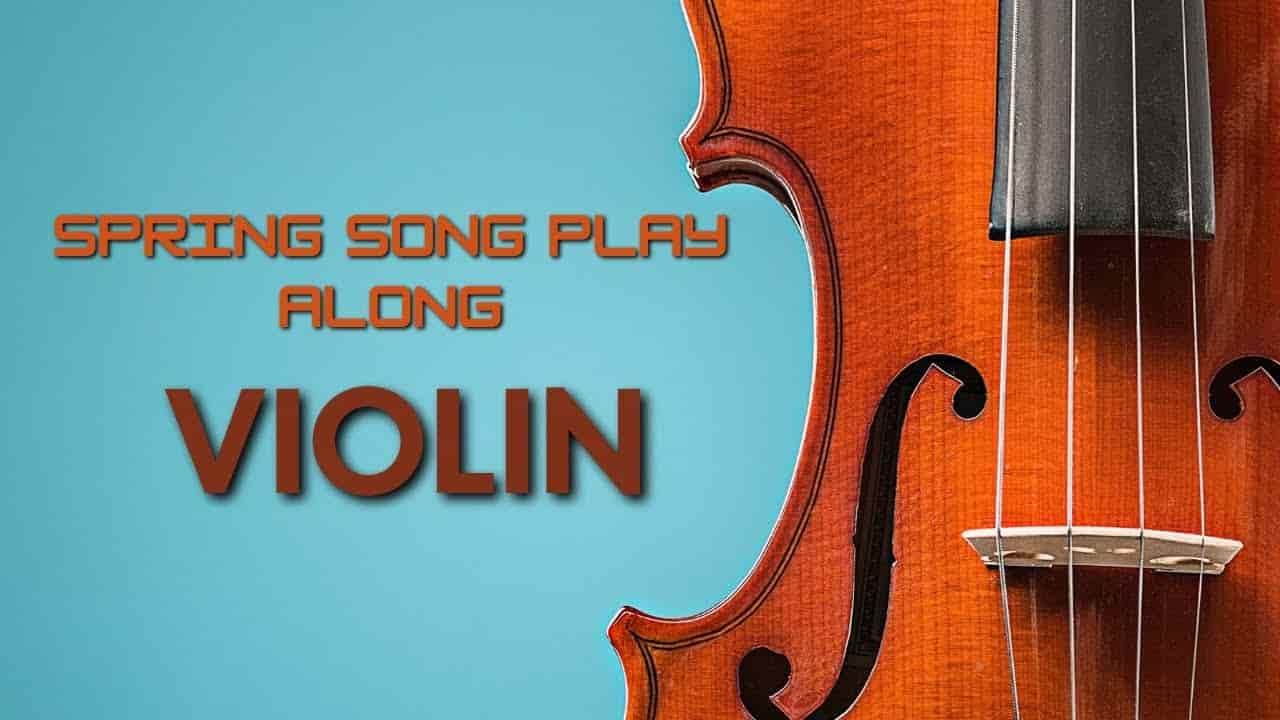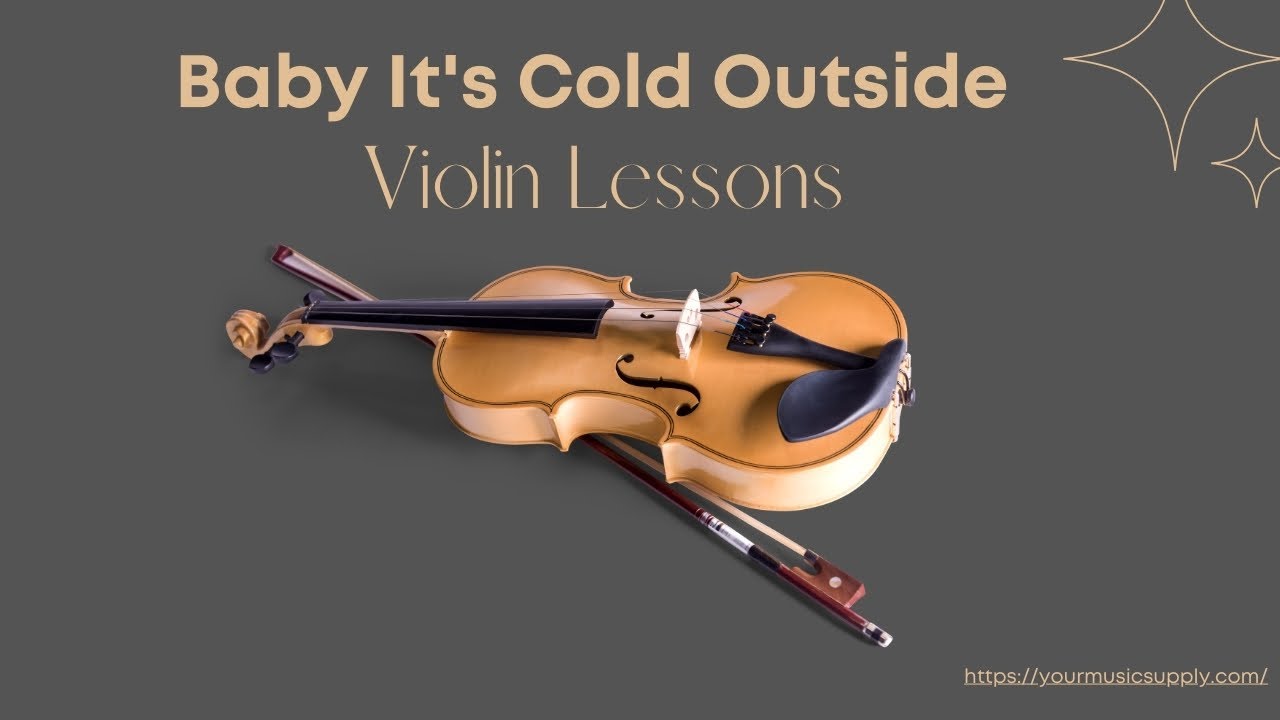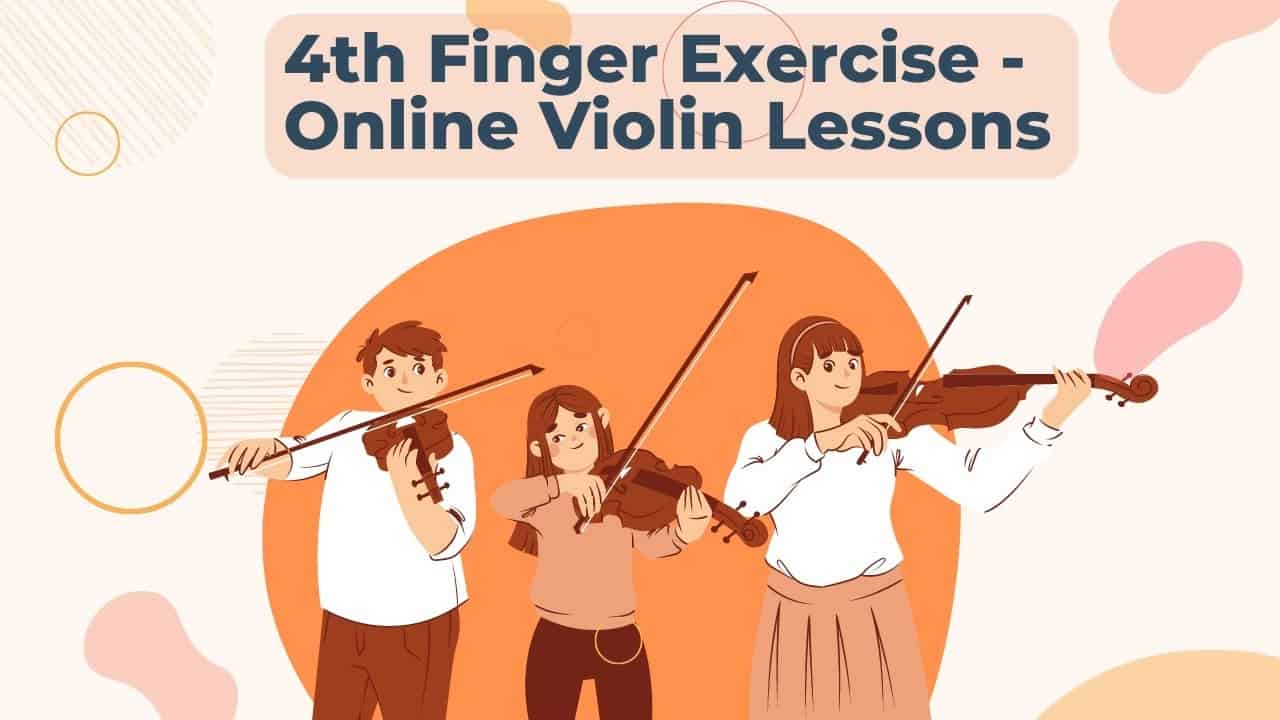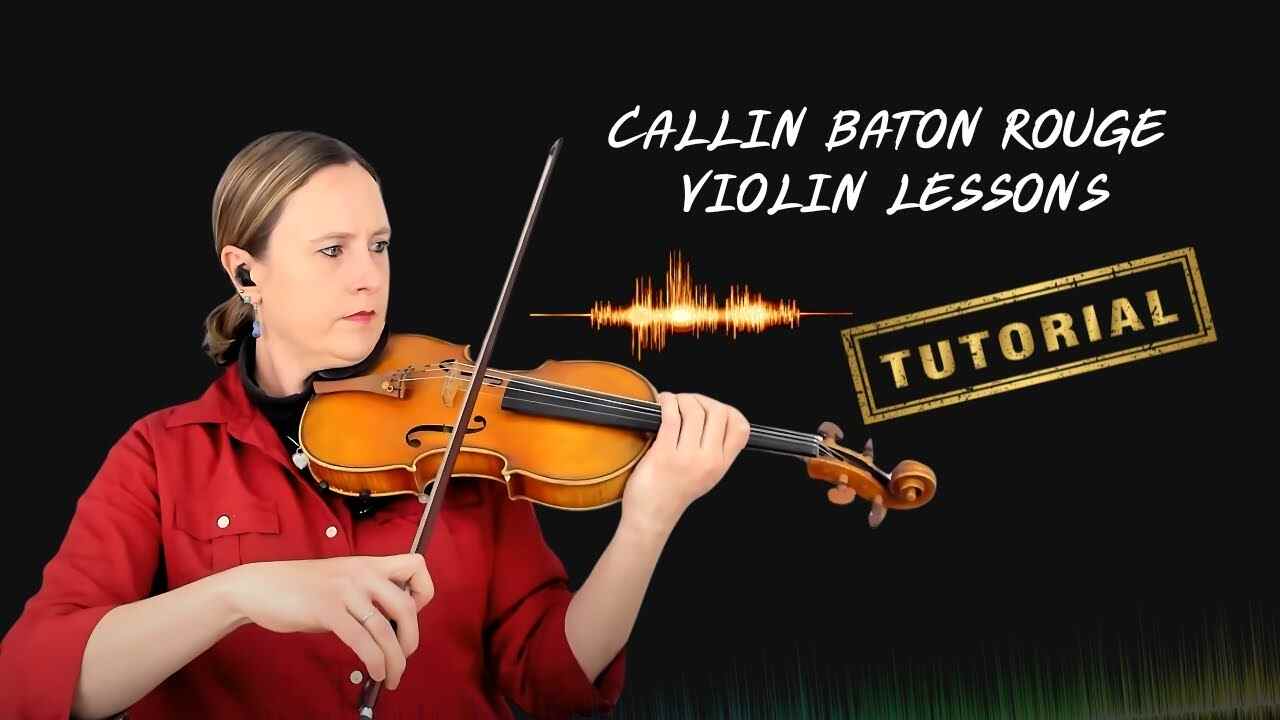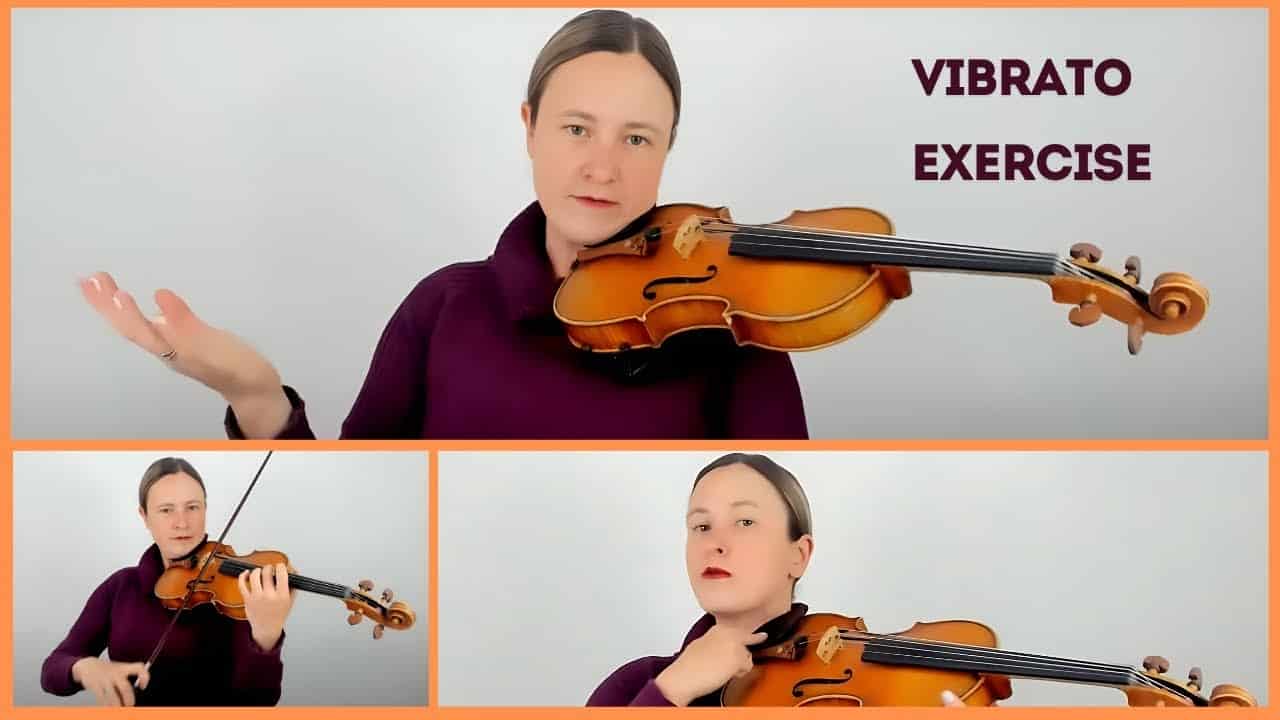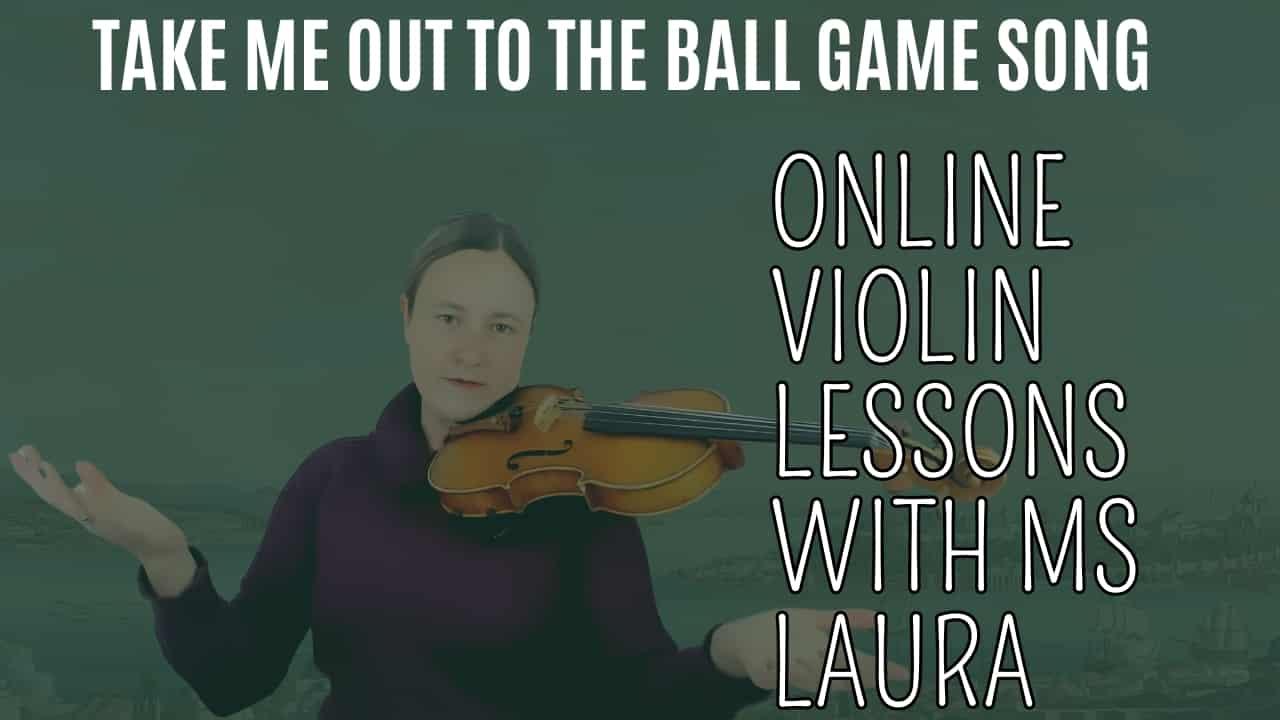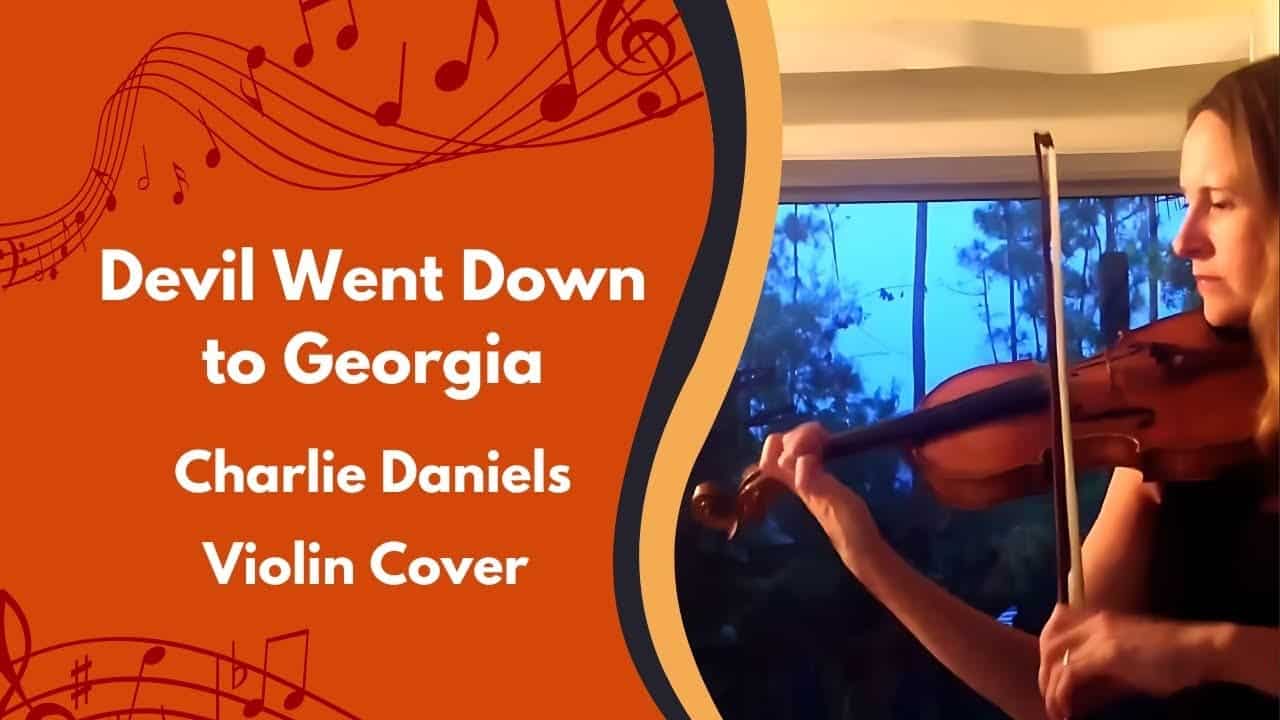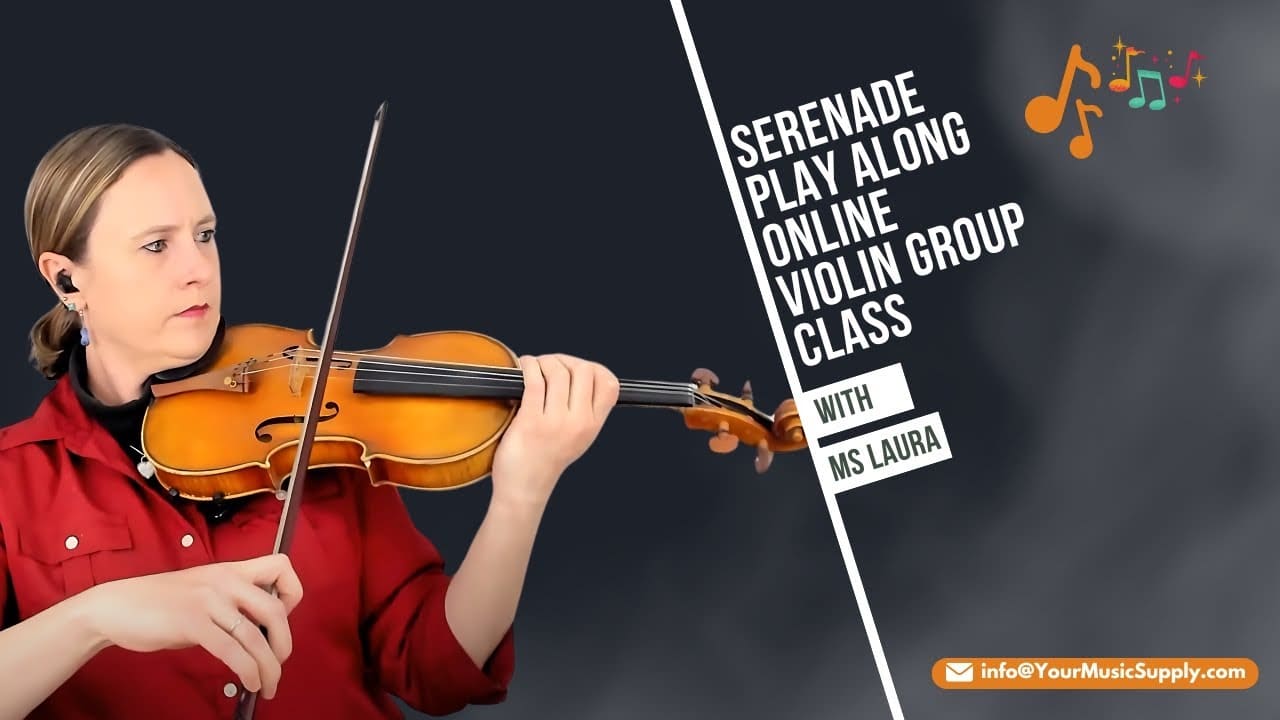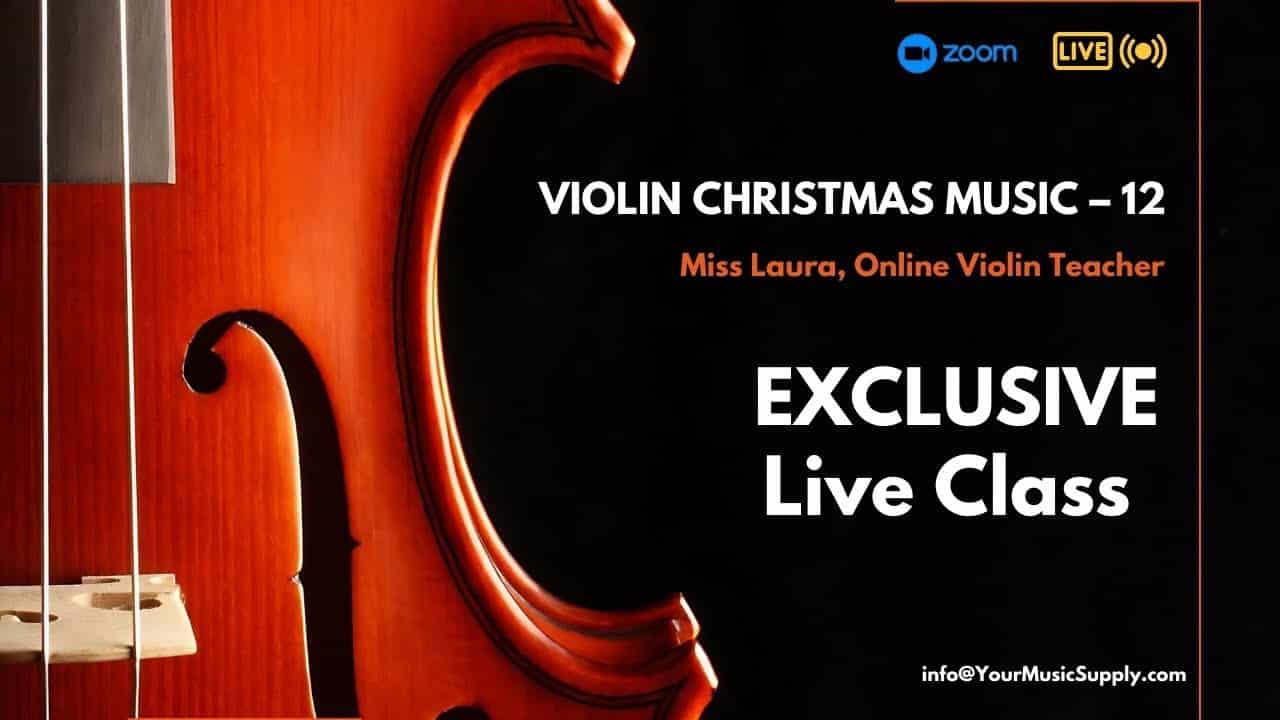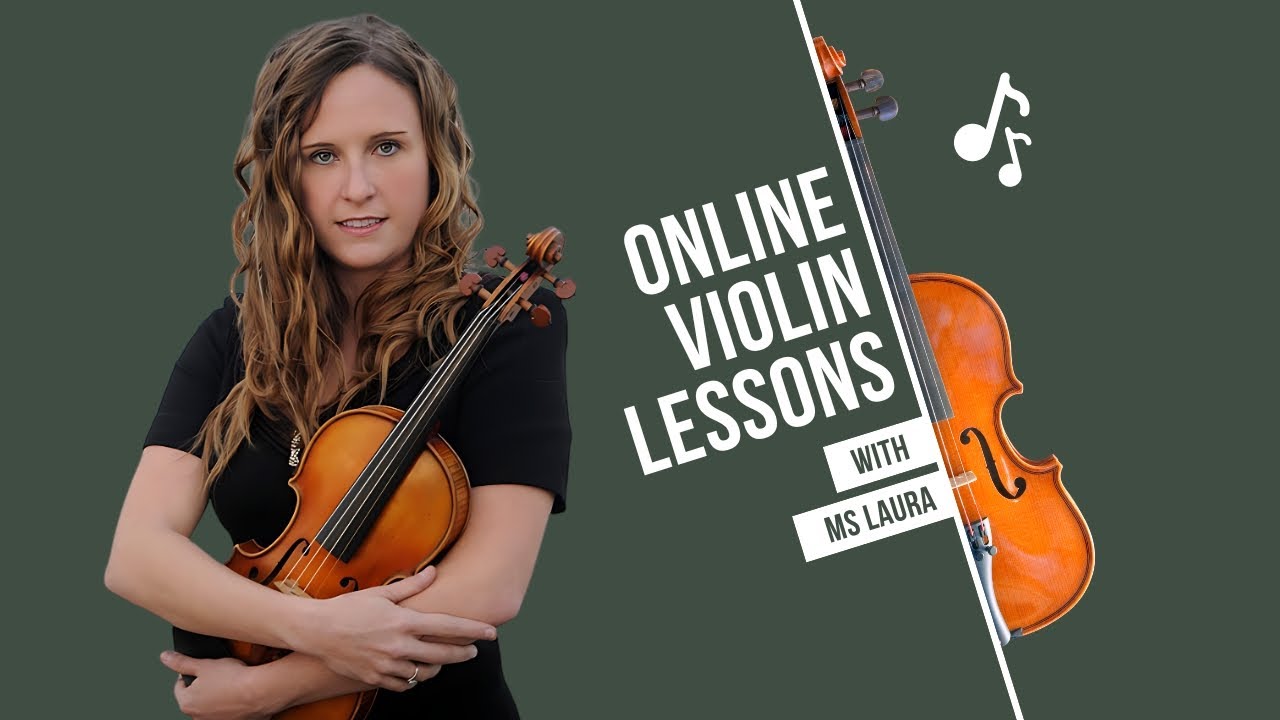Gavotte by Martini” is a very beautiful piece from the Baroque era, considered standard fare in the quiver of violin students and professionals alike. This piece, with its melodic structure and rhythmic challenges combined, presents itself as ideal for those wanting to improve their violin-playing skills. In this tutorial, we will talk about the history of the piece, the technical demands behind it, and some advice on how to gain mastery over it, specifically for those learning online through violin lessons.
History of Gavotte by Martini
The “Gavotte” was written by Giovanni Battista Martini, an 18th-century composer and violinist born in Italy. He is more famous for religious works, but this Gavotte turns out to be one of the most renowned pieces he ever wrote. For its part, the gavotte represents a French dance form in quick time and with a lively rhythm. Martini’s Gavotte represents all those features of grace and mannerisms typical of Baroque music in 4/4 time.
Learning this piece will be an insight into the Baroque technique, and its many features will help you with building stylistic awareness and technical ability on the violin.
Why Learn Gavotte by Martini on the Violin?
There are a number of very good reasons why “Gavotte by Martini” should feature in the repertoire of every violin student:
Mastery of Baroque style: This really characterizes the Baroque with its ornamentation, dynamic contrasts, and phrasing. In learning it, you will become more familiar with this older style that will prepare you for more advanced Baroque repertoire.
Technical Skills: “Gavotte by Martini” challenges your bow control, finger dexterity, and articulation. It is particularly helpful in developing clean shifts between the notes and even bow strokes-things so important for smooth playing.
Musical Interpretation: The music is light and playful, freeing you to try your hand at dynamic and phrase variation. You will achieve this with deepened musical interpretive powers.
Confidence Building: Overcoming the learning and playing of “Gavotte by Martini” will give your confidence a boost in dealing with other, more complicated pieces from the Baroque period onward.
How to Find Gavotte by Martini Sheet Music for Violin
Finding good sheet music is the first step towards learning the song “Gavotte by Martini”. Here are the places where you will get authentic versions of the sheet music:
Online Sheet Music Platforms: Websites such as MusicNotes, Sheet Music Plus, and JW Pepper all have professional versions of “Gavotte by Martini.” You will be able to obtain clear readable music from these sites that will surely help in learning the song.
You can also get free versions of “Gavotte by Martini” on websites like IMSLP and 8notes.com. If you are working off of those free versions, be aware that the quality of transcription varies, so it is always important to double-check that you are indeed playing the proper notes and rhythms.
Teacher Recommendations: If you have taken an online violin lesson or teacher ask them for a recommended version. Many times they will give you an edited version including fingerings and bowings with interpretive notes to help you in your practice.
Introduction Section: The music comes in with an extremely energetic and joyful phrase. Make sure the bow stroke is smooth and controlled, and that each note is articulate and present. Take some time and practice the section at a slower pace, paying close attention to evenness of tone across the strings.
Middle Section: Working your way a little toward the middle, you’ll encounter some shifts and fingerings that are slightly more complicated. This is another region in which you can apply pressure with left-hand coordination work. In those places where transitions are tricky, practice the tricky bars on their own, building up the speed as you feel comfortable.
Final Section: The ending of this work is to be rich and contained. The tendency to rush may be felt by some, therefore practice of this section should be done with a metronome. A work of phrasing also needs to be done so the final phrases are full of grace and elegance.
Technical Playing Tips Gavotte by Martini
There are some important techniques to hone in the course of learning “Gavotte by Martini “. The following are some of the most basic key tips so as to help with the technical challenges in the piece:
Bowing Technique: The piece has many lively rhythms herein. In most instances, an even bow stroke shall be employed to perform such. Let your right hand and arm be relaxed; focus on your bow speed so as not to give uneven tone. Most of the time, make use of the middle of your bow for better control.
Articulation and clarity: Clarity of articulation is necessary if one plays the Baroque. For example, staccato notes must be practiced much crisper; legato phrases are to be smooth. So, the idea is each note should come out clean and not muddy or run together.
Finger dexterity: Some passages have the “Gavotte by Martini” which requires fast and quick finger motions along with shifts that are accurate. First practice building up finger speed and accuracy in the difficult passages separately. Start playing at a slow pace and increase the tempo as you get comfortable.
Ornaments: Most Baroque pieces require ornamentation including trills and grace notes. If your sheet music copy contains ornaments, first practice them at an extremely slow tempo. Pay attention to playing cleanly and with good timing, fitting in with the rest of the music.
Online Violin Lessons: The Best Way to Learn
Learning “Gavotte by Martini” with online violin lessons would be great. You will have flexibility, expert guidance, and interactive tools that help you improve. Here’s why online lessons will help you master this:
Structured Learning: Most online platforms have step-by-step lessons tailored to take you through each section of the piece. You ensure that you build necessary skills in a logical order.
The existence of professional tutors: Websites like ArtistWorks, Violin Lab, and Fiddlerman expose one to professional violinists who can give personalized feedback, surely enough. It’s really handy when trying to get through those problematic parts or refining your interpretation of a particular piece.
Practice Tools: Most online lessons boast of some quite helpful additions, such as metronomes, audio track slow-downs, and video demonstrations which help improve the study and comprehension of a student.
With online lessons, it saves time as one can learn at one’s convenience, and it starts getting easier to manage practice with other commitments. This flexibility will let you work on multiple pieces or study other aspects of violin playing in greater detail.
Practice Effectively
Working on a piece such as “Gavotte by Martini” should, therefore, be effective practice to bring out all the technical and musical aspects. Here are some practice techniques that will make your practice sessions meaningful:
Chunk it: One should never try to play through an entire piece. Always break down into small manageable sections the piece one is working on. After practicing, play each part perfectly before proceeding to the next. This will not make you get overwhelmed, and this is considered efficient practice.
Slow Tempo Practice: This is to build accuracy and not give in to undesirable habits that may result in poor muscle memory. Take each section at a slow tempo, giving much attention to intonation, articulation, and bow control. You build up the tempo as you get used to the notes.
Metronome: Probably one of the most important elements that keep a consistent tempo together. Once not being as confident at the start with your performance, start with the slow speed and then gradually work up towards an increased one. This is to aid in trying to be in control of the tempo, especially when the music gets faster.
Record Yourself: This is how one can trace the difference in tones, rhythm, or intonation-one has been producing over the practice sessions. Every inconsistency in tone, rhythm, or intonation, once listened to, provides personal feedback that acts as a guideline for the next practice session.
Conclusion
“Gavotte by Martini” is a violin piece which can be very rewarding to learn, both in technique and in musical interpretation. With good sheet music, some breaking down of sections, and with online violin lessons, one should be able to master this Baroque gem.
With patience and practice, you will finally play “Gavotte by Martini” confidently. Be it playing in an audience or building up your repertoire, it gives momentum to your playing of the violin and deeper appreciation of Baroque music.

